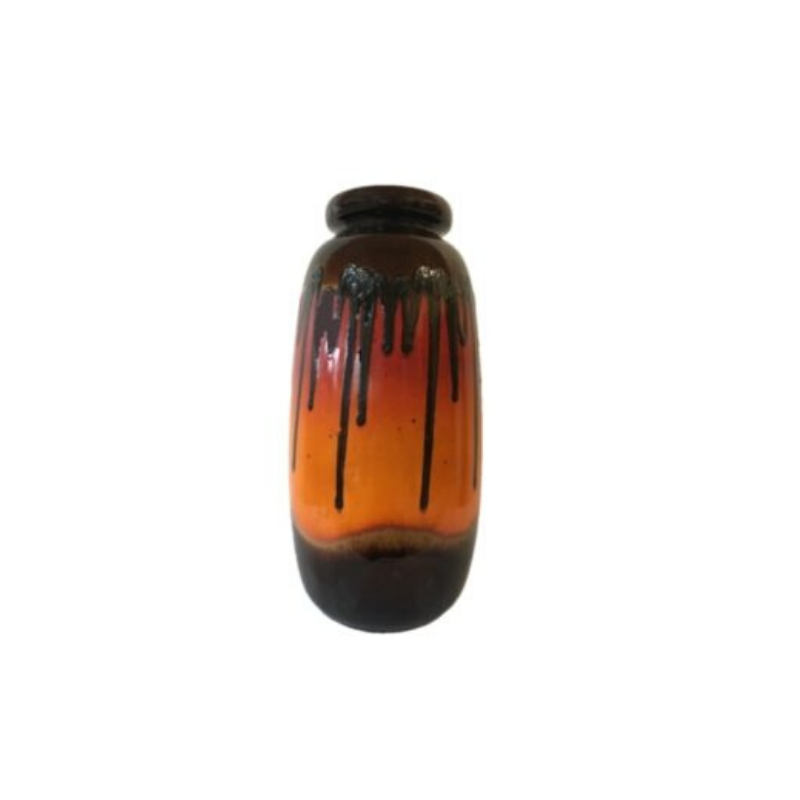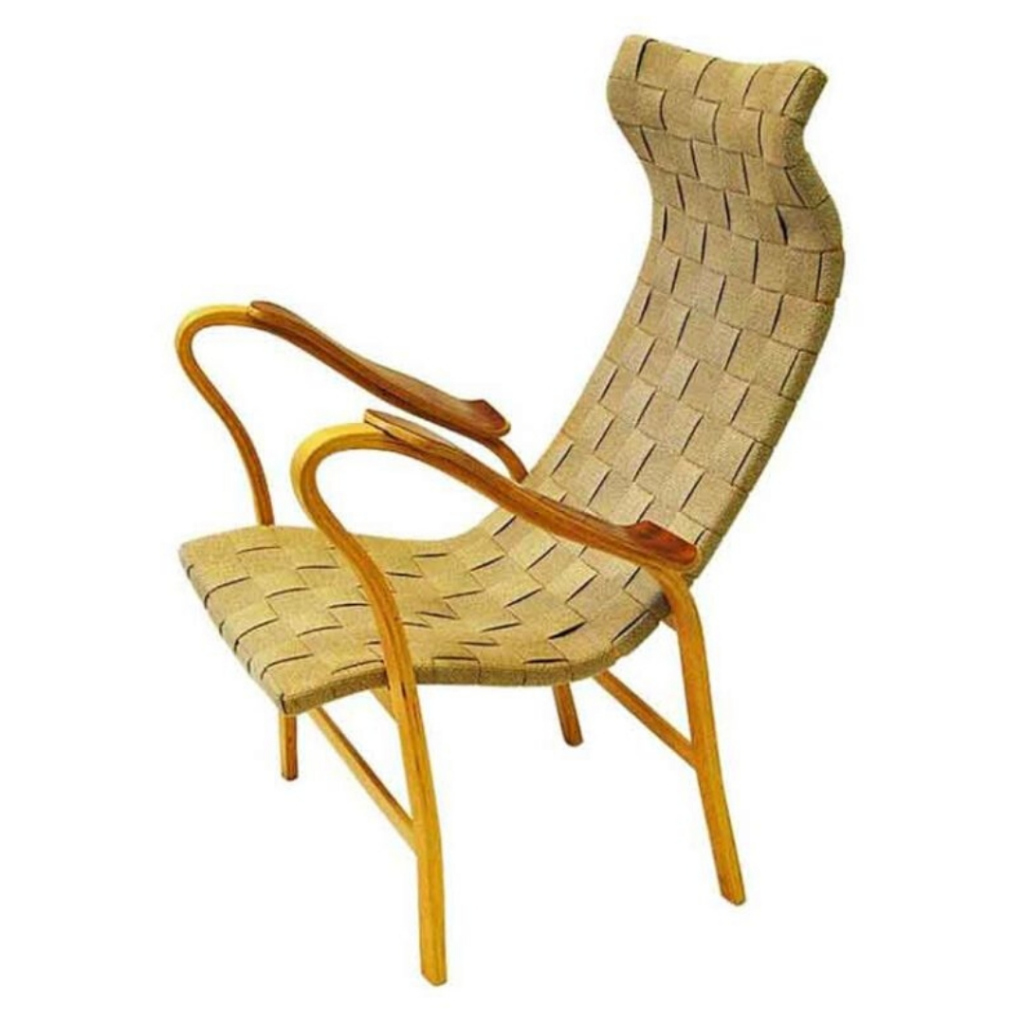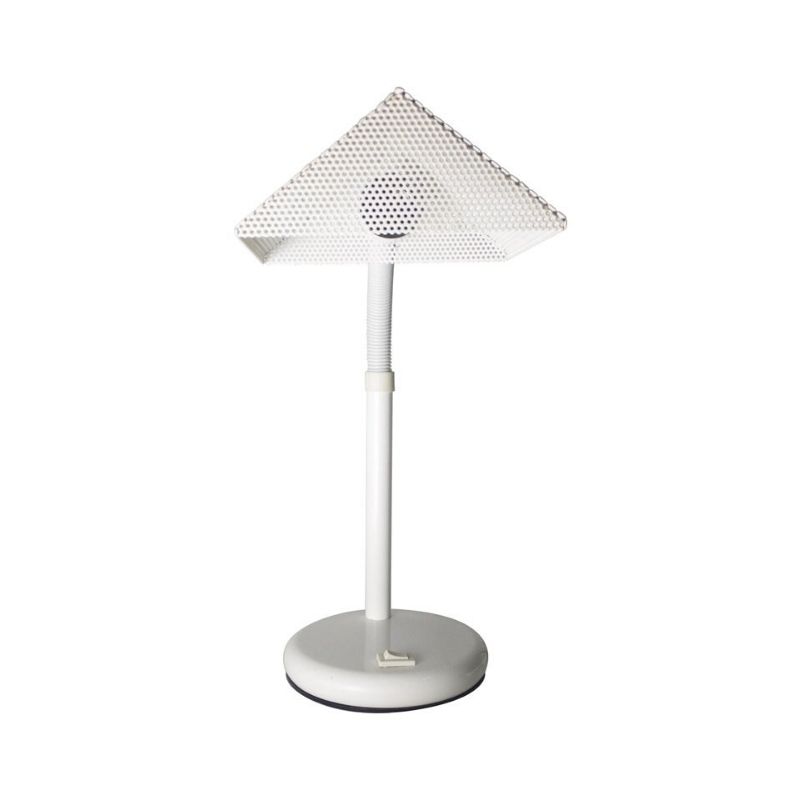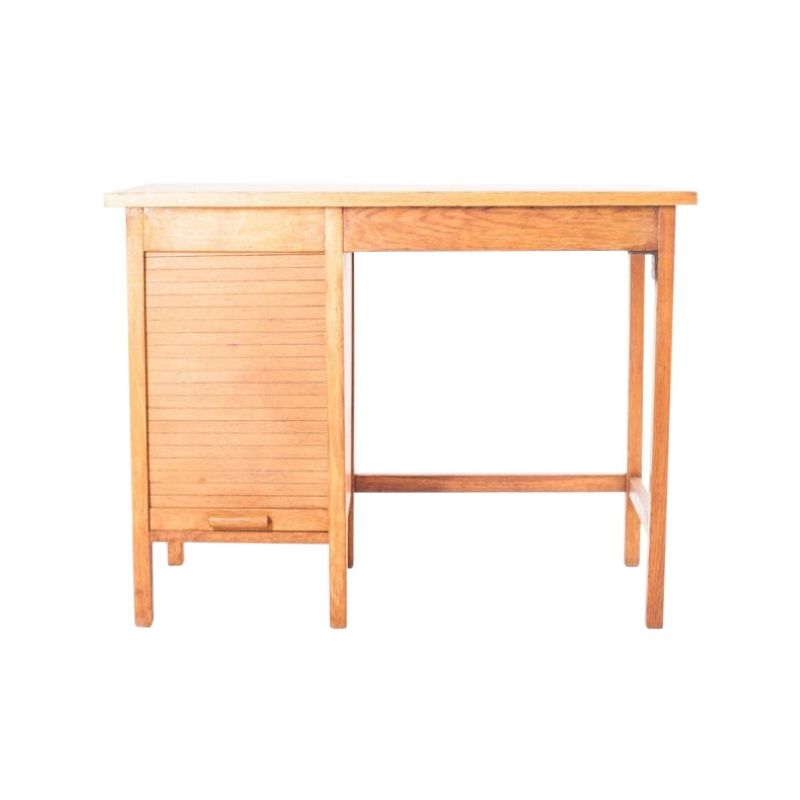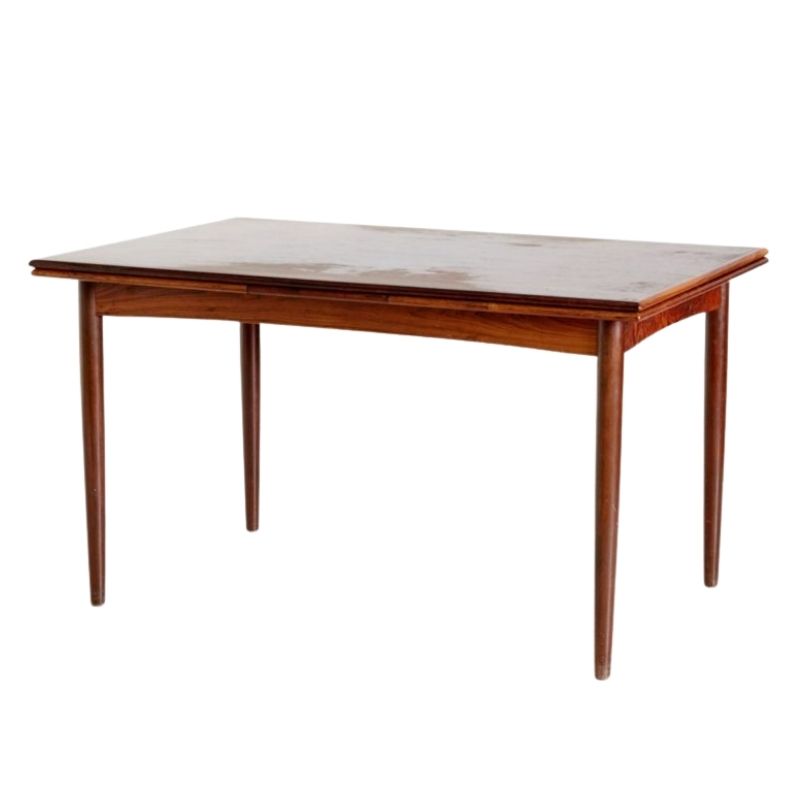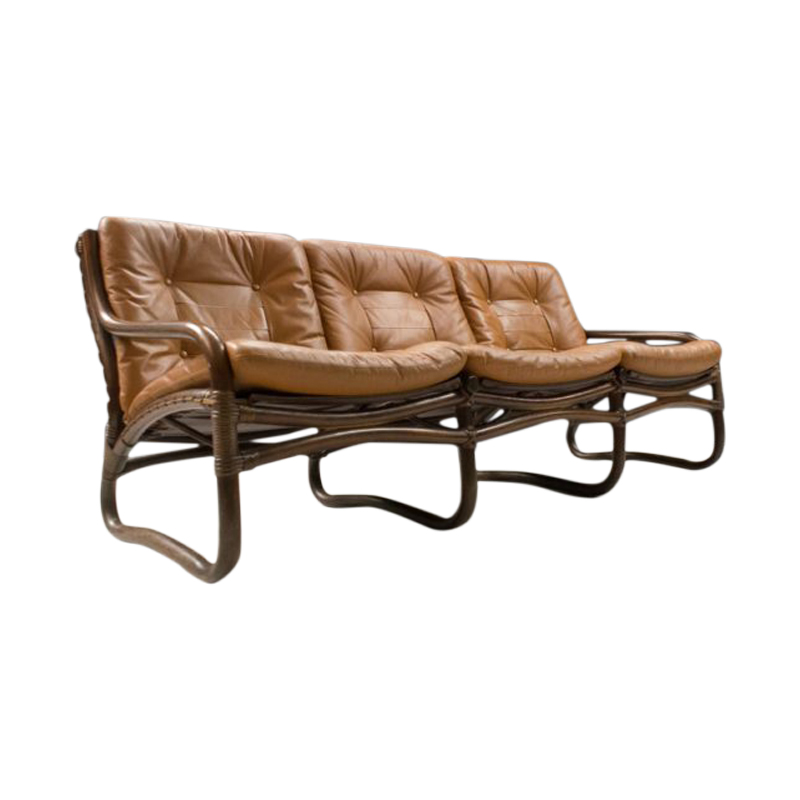It looks pretty contemporary, I'd guess that the chair is quite a bit newer than 60s-70s.
Just seeing the pic, I'd be surprised if those little blocks were much deeper than 1mm-- from here, it looks like a cherry or cherry-ish veneered curved back, with simple rectangular veneer inlays. If veneer inlay is fancy, it's referred to as 'parquet' if it has a geometric pattern, or 'marquet' if makes some other shaped representative figure.
The back might be described as 'book-matched' if it is comprised of sequentially matched veneers, as the veneer flitches are taken in order from the stack and laid out as a 'book' so the grain figure lines up attractively.
Technical terms are often very useless for this sort of thing because nobody else uses the technical terms, or uses them correctly. I believe the technical term for those are splines, and that is a form of spline joint, but there are lots of different forms of spline joints. The best thing to do is to learn where someone else might have posted such a thing on the internet who could give you a lead as to who designed it, and then be prepared to look at hundreds or thousands of broadly similar pieces. One of the best ways to broaden your thinking on this matter is to actually try and identify other things for other people that are generally similar, as in danish modern pieces, because you will often look for sideboards and see a bunch of chairs. Resist the urge to craft a better search term. Craft worse ones and many of them.
I know exactly who made and designed it and roughly when, but per your request I won't say.
Thank you objectwarship and Leif for your kind help. I agree that by using technical terms to describe the chair won't help. For this kind of design that is not common (at least to me) it might just take a lot of experience to recognize it. So I won't be able to find it.
For example, the connection between the blackest and the legs reminds of a Jalk for Jeppensen armchair. But it's not Jalk. If the spline joints are not really joints but just a thin veneer, what's the point? Maybe merely esthetic, so it would point to the 70es era or later.
Leif, if you feel like you can also ID... are you the only one here that kwows what this is? If this is the case (I doubt) it might be fun to see what people suggest.
Cheers
Ernest
If you need any help, please contact us at – info@designaddict.com



